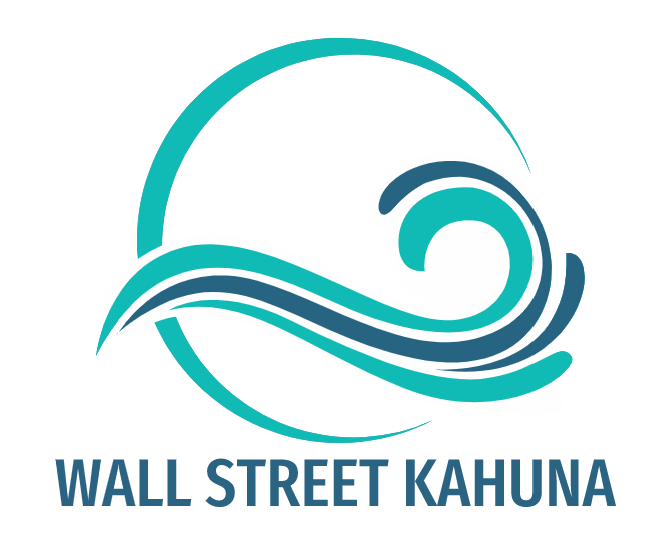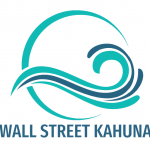The S&P 500’s recent breakthrough to new all-time highs has been a topic of much discussion. While history suggests reasons to be optimistic about this rally, a deeper dive into the data reveals some causes for concern. For investors questioning the sustainability of this bull market, the options market might offer a prudent solution.
The recent surge in the S&P 500 has been driven largely by the ‘Magnificent 7’ stocks, with the most active options being upside calls expiring soon. This trend indicates a potential shift in investor sentiment, with some predicting a rotation out of these high-flying stocks into sectors like healthcare, which lagged in 2023. Yet, the market’s biggest trading day saw companies like AMD and Nvidia outperform, while healthcare stocks like Molina Healthcare and United Health underperformed. This mixed performance raises the question: will we see a market rotation in 2024, or will the trends of 2023 continue?
Optimistic Outlook:
It’s a well-known disclaimer in investment outlines that past performance is no guarantee of future results. While some argue that good years often follow good years and that election years are typically positive for stocks, this data is not always reliable. What is consistent, however, is the long-term rise of the S&P 500. The index captures the growth of the largest and most successful publicly traded companies, which tend to grow faster than the overall economy. Since 1990, S&P earnings have grown significantly, outpacing the average nominal GDP growth in the US. This growth is partly due to systematic investment in equities and the ever-decreasing pool of available stocks, as well as the scale and efficiency of large companies like Apple and Microsoft.
Cautionary Factors:
Interest rates, which had been falling since the early 1980s, bottomed out in 2020. The Great Financial Crisis of 2007 led to aggressive fiscal and monetary policies that kept rates artificially low, fueling inflation. The reversal of these low rates is now causing a ripple effect across the economy. Higher rates lead to higher defaults and increased government interest expenses. The reversal also impacts GDP growth, as government deficit spending, a significant driver of the economy, is under pressure.
Critical Considerations:
In a climate of rising rates and a slowing economy, stocks typically don’t rise from already high valuations. While there will be winners, the overall market may face challenges.
Strategic Approach:
Currently, options prices are relatively low, reflecting the market’s upward trend and reduced concerns. For instance, a January 2025 SPDR S&P 500 Trust (SPY) $460 strike put costs just over $16 per contract, offering a cost-effective way to hedge against potential market downturns.
Consider buying a Jan 2025 $460 put for $16 as a form of protection. While the market often rises in election years and following up or down years, having a safeguard in place can be a wise move in uncertain times.
In summary, while the S&P 500’s growth trajectory offers reasons for optimism, investors should remain vigilant and consider low-cost protection strategies to navigate potential market shifts in the coming year.



